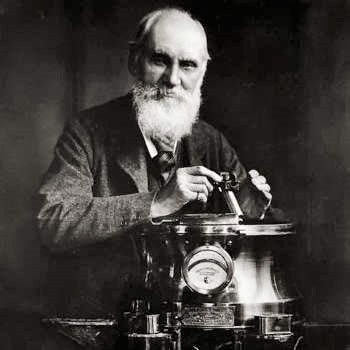
Grove Koger
Recent reports of significant sunspot activity have reminded me of a major nineteenth-century solar event known by the name of one of its two known observers, English astronomer Richard Christopher Carrington (1826-1875).
It seems that on September 1, 1859, a massive solar flare burst from the sun and proceeded to strike the earth shortly afterward. Telegraphs towers in Europe and North America sparked, lines failed, and some telegraph operators even received shocks.

Amateur astronomer Richard Carrington (seen above) had long been interested in the sun, and, among other activities, had endeavored to determine the exact period of its rotation through a series of over five thousand observations of sunspots. His discovery that the spots seemed to travel across the face of the sun at different rates depending on how close they were to the sun’s equator would later be adduced as evidence that the sun isn’t a solid body. (As we know today, it’s composed of plasma, one of the four basic states of matter.)
Carrington and another amateur astronomer, Richard Hodgson (1804-1872), both observed the 1859 sunspot event and, independently of each other, provided reports to the Royal Astronomical Society’s Monthly Notices. They also provided detailed drawings (one of which is reproduced below) of what they had seen to the society’s November 1859 meeting.

Today, what Carrington and Hodgson saw seems particularly ominous. As mass communications have grown in importance, solar flares erupting from sunspots have become a much greater danger to mankind’s activities and well-being. They can hit our atmosphere in eight minutes, creating geomagnetic storms that affect electrical grids, the Global Positioning System, and the Internet.
A major solar flare event in March 1989, for instance, shut down the electrical transmission system of Hydro-Québec, the utility that generates and transmits electricity throughout Québec and the northeastern United States. Another series of flares running from mid-October of 2003 to early November (dubbed, not surprisingly, the “Halloween solar storms”) involved the largest outbursts yet observed by the Geostationary Operational Environmental Satellite (GOES), the first of which was launched in 1975.
It’s within this context that scientists became concerned in June about Sunspot AR3038 (AR stands for Active Region). Several spots had appeared in May, and during the last few days of June, a series culminating in 3038 (seen at the top of today’s post) emerged on the sun’s surface. It was that spot that I began writing about a couple of days ago, but when I checked my work this afternoon, I realized that events had gotten away from me. Now I’m seeing reports about Sunspot AR3055, with Illinois astronomer Apollo (!) Lasky remarking on SpaceWeather.com that “there is an incredible-looking sunspot crossing the center of the solar disk and a new large dark core has just appeared on the limb.”
Stayed tuned …